Drapery tape.. question about sewing back-tab drapes
ltlfromgardenweb
9 years ago
Related Stories
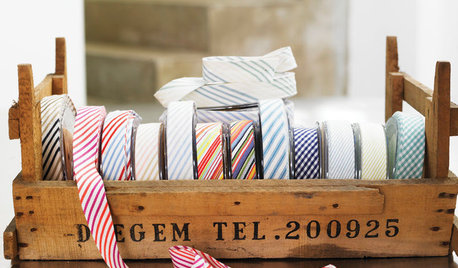
DECORATING GUIDESDIY: How to Use Tapes and Trims to Embellish Your Decor
Trim soft furnishings and window coverings with decorative edgings to add definition and style
Full Story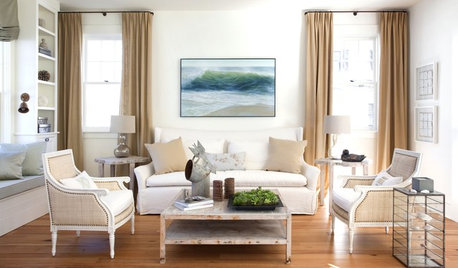
WINDOW TREATMENTSLearn the Lingo of Drapery Rods and Accessories
Understanding these drapery hardware options is essential to window treatments that hang properly and look polished
Full Story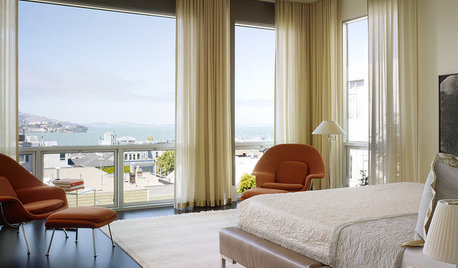
DECORATING GUIDESPick the Right Drapery Top for Your Room's Style
From rod pockets to goblet pleats, the headings of your curtains speak volumes about your attention to detail
Full Story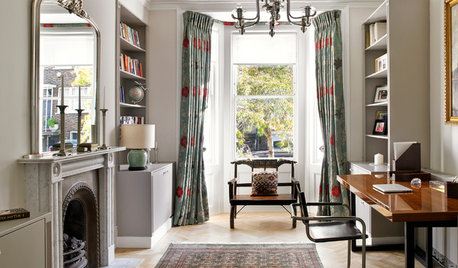
WINDOW TREATMENTSDrapery Diary: Stationary Styles
These window treatments are designed for looks instead of function
Full Story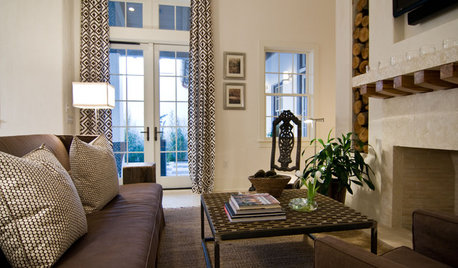
WINDOW TREATMENTSThe Case for Stationary Draperies
Curtains that open and close are great in some situations, but stationary draperies can give you a better view (and save money too)
Full Story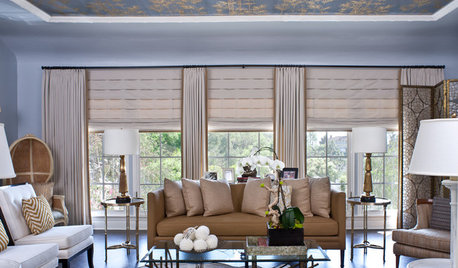
WINDOW TREATMENTSThe Drapery Diary: The Case for Custom
Use this handy guide to discover the ins and outs of customized drapery
Full Story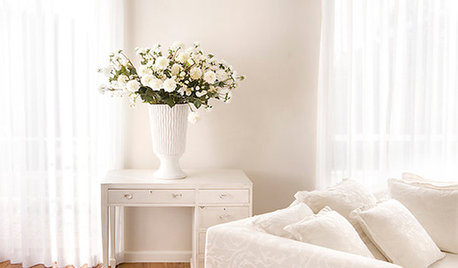
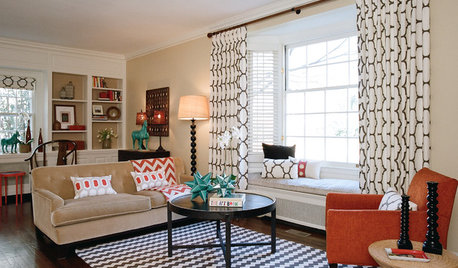
WINDOW TREATMENTS9 Ideas for a Beautifully Draped Home
Go bold with your curtains and drapes for all the privacy you need and heightened drama too
Full Story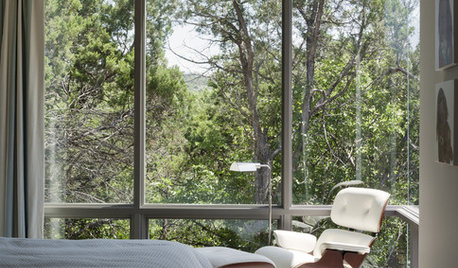
DECORATING GUIDESThe Art of the Window: Drapery Solutions for Difficult Types and Shapes
Stymied by how to hang draperies on a nonstandard window? Check out these tips for dressing 10 tricky window styles
Full Story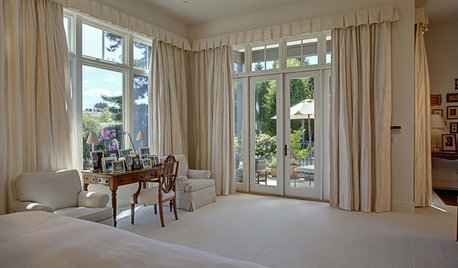
WINDOW TREATMENTSHow Low Should Your Drapes Go?
Hover, brush the floor or pool like Scarlett O'Hara's tears — we give you the lowdown on curtain length options
Full StoryMore Discussions






shadylady2u
ltlfromgardenwebOriginal Author
Related Professionals
Duluth Furniture & Accessories · Owensboro Furniture & Accessories · Union City Furniture & Accessories · Golden Glades Furniture & Accessories · Highland Park Furniture & Accessories · Potomac Furniture & Accessories · Silver Spring Furniture & Accessories · Mount Sinai Interior Designers & Decorators · Bronx Furniture & Accessories · Brooklyn Furniture & Accessories · Dallas Furniture & Accessories · Adelanto Furniture & Accessories · Fair Lawn Furniture & Accessories · Mission Viejo Staircases & Railings · Orchards Staircases & Railingsshadylady2u
ratherbesewing
ratherbesewing
new-beginning
ltlfromgardenwebOriginal Author
Laurie
Mon
Mon
Laurie
shadylady2u
Mon
shadylady2u
Laurie
shadylady2u
Laurie
Mon
Laurie
clt3
Mon
Mon
shadylady2u
Laurie